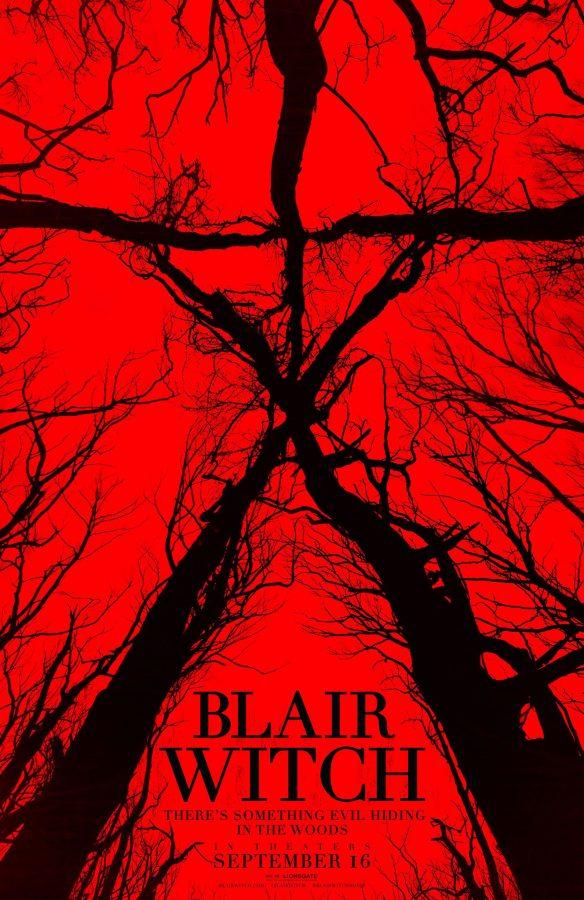The American movie industry is in an era of recycled ideas. Hollywood is banking on American audiences’ willingness to pay to watch their favorite heroes of a bygone era or to know what ever became of them. Movies such as “Star Wars VII: The Force Awakens,” “Jurassic World,” “Zoolander 2” and “Mad Max: Fury Road” are few examples. One of the most successful indie horror films of the last century, “The Blair Witch Project,” was given an update, even with a new title: “Blair Witch.”
The sequel connects to the 1999 film by a sparse thread, a soft excuse for a new movie in 2016.
In this film, we return to the woods near Burkittsville to find that Heather, the protagonist of the original film, has not been seen since the events of the first movie. James, Heather’s brother, sets out to return to the woods in hope of finding a clue to his sister’s disappearance, only to encounter the same horrors of the woods.
With the initial success of the first movie, “Blair Witch” had the potential to expand on it and to become something completely separate. It does not succeed.
Unlike the original, the film relies too much on the look of the supernatural and jump scares. As one review on Rotten Tomatoes says about the 1999 film, “‘The Blair Witch Project’ keeps audiences in the dark about its titular villain–thus proving that imagination can be as scary as anything on screen.”
Granted, 1999 was not known for its computer graphics, and these days we can believably animate a banana to kill teenagers, but the original movie proved that even without top-of-the-line equipment, the unknown and unseen is the real horror. The nights in the original are far more disturbing with the sound of children laughing and branches snapping. The shaking camera when they are running disoriented audiences and pushed the limit between movie and discovered footage.
All these devices were revolutionary in 1999. “The Blair Witch Project” is credited with popularizing the discovered-footage genre and proved that jump scares, when executed well, can get the audiences’ hearts beating.
“Blair Witch,” with its cookie-cutter format of the original, proved that Hollywood can kill authentic, honest revolutions in film by cloning it until the most recent pales in comparison.
The problem with “Blair Witch” is that it tries too hard. It instills horror as it has already been implemented for years. There are glimpses of monsters, there is rain and the voodoo dolls actually work. The film obviously used its budget, but the real problem here is that it should’ve never been done.
If “Blair Witch” cannot be a game changer for the horror genre, if it cannot even be a scary movie for middle school kids, then the movie needs to serve as a reminder that there are some movies that do not need remakes.
If that cannot be its reason for existing, then Hollywood is failing, not only in producing genuine ideas, but failing to bring a new shine to genuine ideas they already had.
Andres Gallegos may be reached at [email protected].






